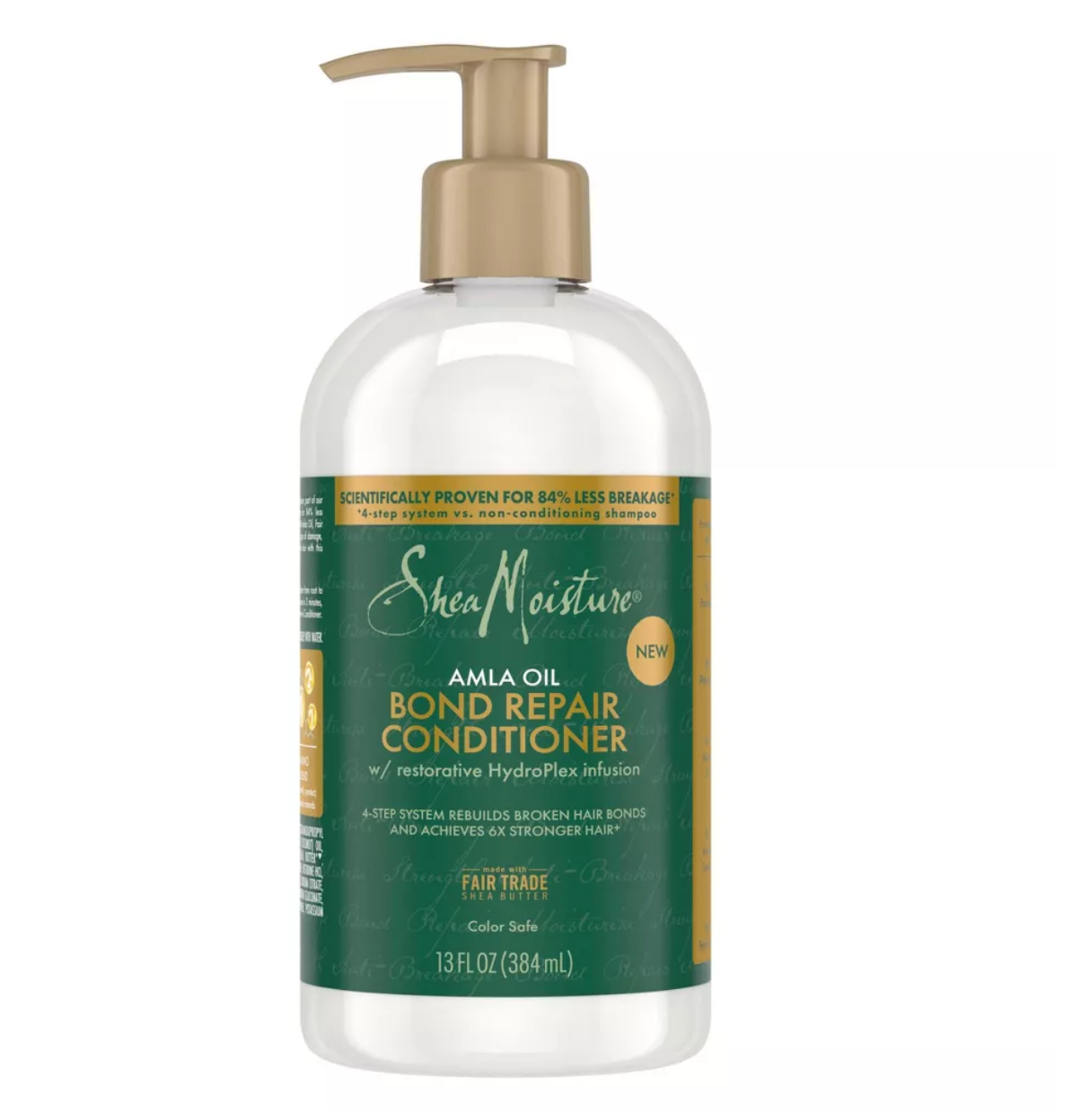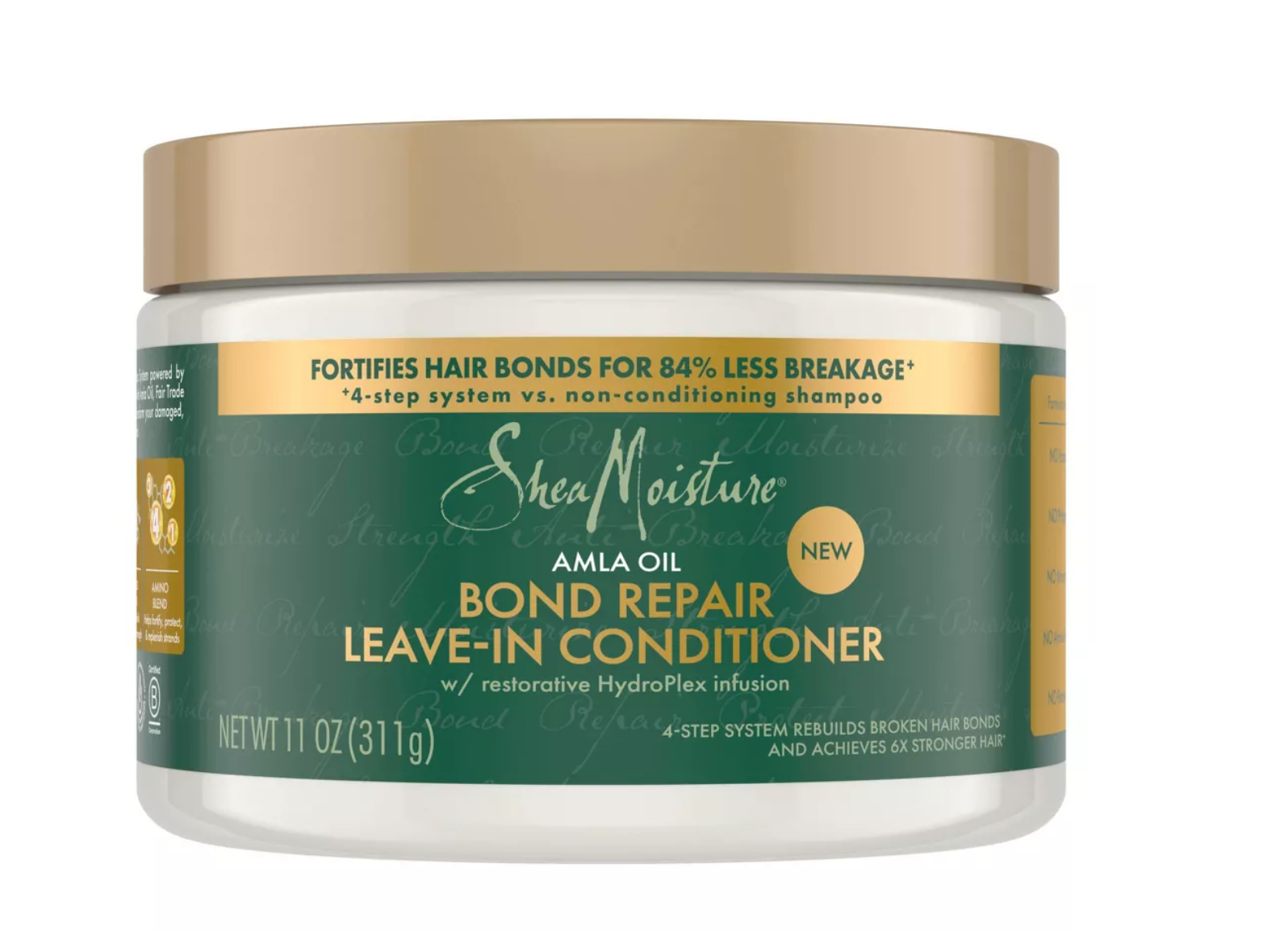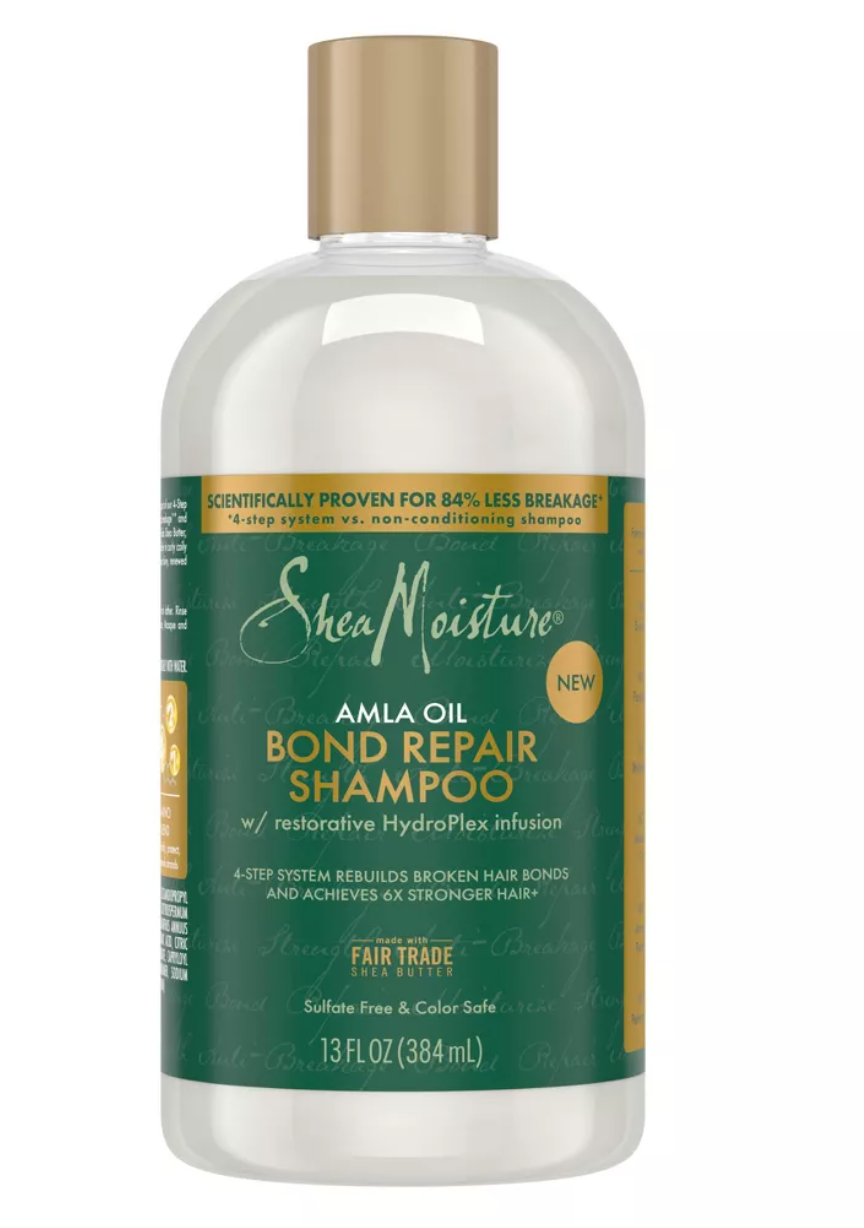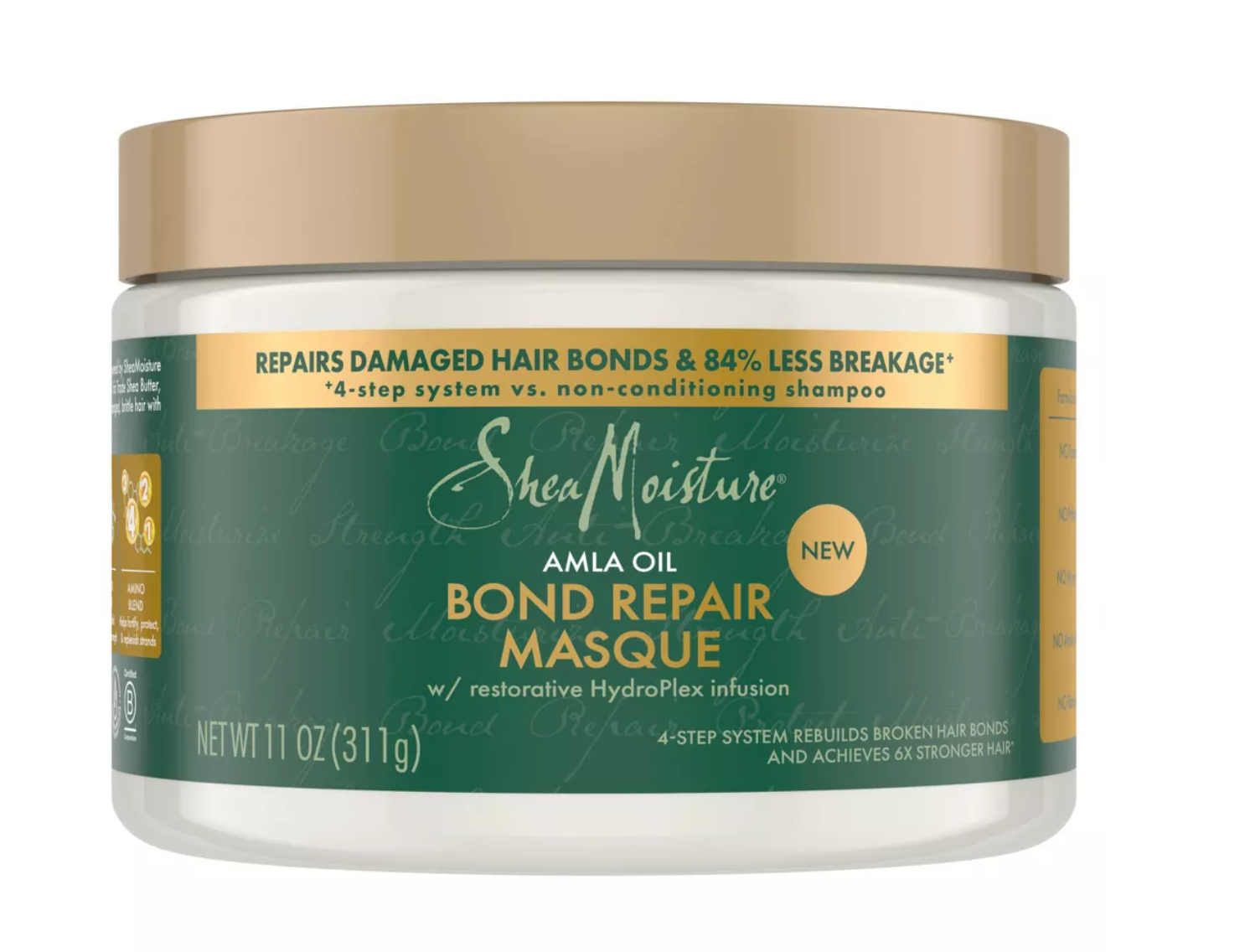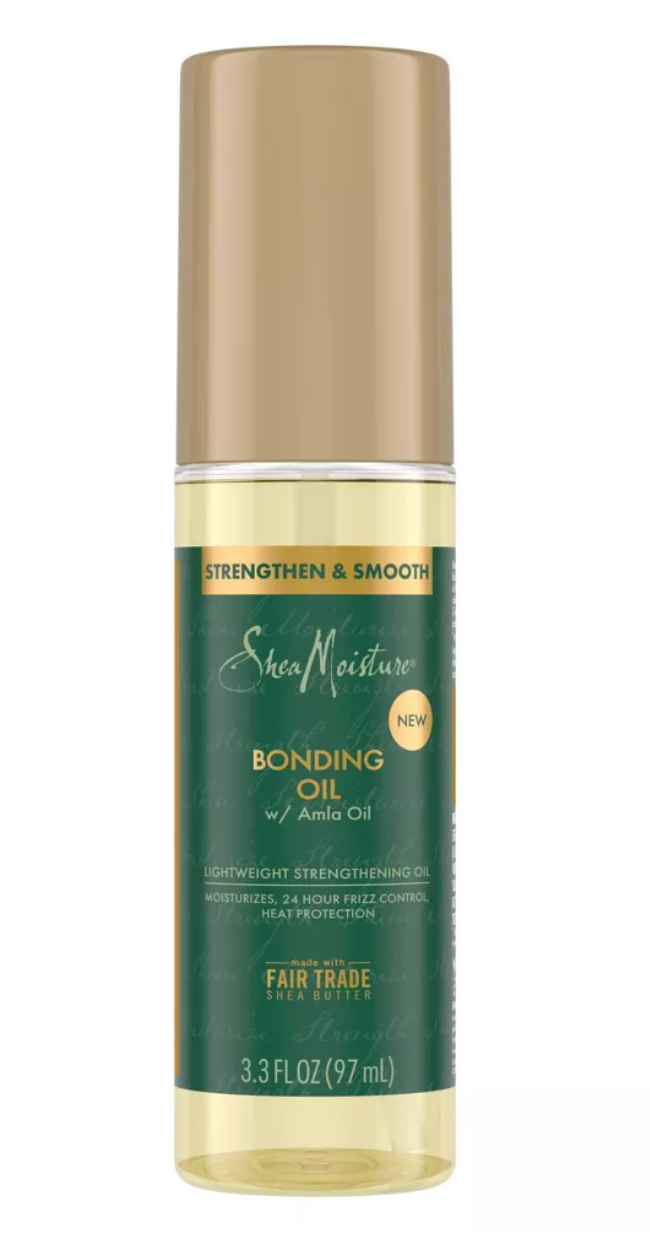I couldn’t tell you what my natural hair looks like, even if I tried (I imagine it would be coily and tight, coarse and thick). And I couldn’t tell you how to even begin to manage my natural hair, even if I tried. It’s because I have no memory of it — I can’t remember what my hair looked like before the age of seven, when my mother started taking me with her to our neighborhood salon in Brooklyn to get our strands relaxed.
As a child, my hair was always “done,” because my mom’s was. I thought she was the most stylish. A girly girl, who was unfailingly put-together (she had about a million accessories). My mother wore her voluminous, shoulder-length hair down and in curls — the quintessential ‘80s look. But what I remember most about our salon days (that spanned hours, which, for a child, felt like eternity) was how close she was with her hairstylist, who was super kind, and as a mother herself, incredibly maternal. She used to tell me how much I looked like my mother. The two of them would often call each other to gossip; they’d exchange gifts during the holidays.
AdvertisementADVERTISEMENT
That was our Saturday ritual, before it became my Saturday ritual as an adult. Salon culture is fun…but not when you’re with your mom, so in high school, I started venturing out on my own. It was the early aughts, and I desperately wanted super-long strands. I was struggling to grow out my medium-length hair while maintaining the health of it as a relaxed girly. So, when I was 16, I got a weave installed (everyone was doing it!).
I had a weave in for the rest of high school and all throughout college — until in 2012, at 24 years old, I woke up one morning and suddenly hated it. I was sick of putting them in; I was sick of feeling like my scalp was in a constant, persistent state of unbearable itch. I decided right then and there to cut it all off. I found Nik Sadio, my hairstylist, on Instagram and immediately booked an appointment to shear everything off — weave and all. I wanted short, and I mean short short.
Not to be completely dramatic, but I truly felt my whole life changed from that point on. I became more confident, I was fielding compliments — the most I’d ever received — left and right. It was euphoric, so I kept going shorter, until I had a pixie cut. Short hair is absolutely not for the weak — it’s a great deal of maintenance, which Nik had warned me about. The salon was practically my second home — I was that girl who was always getting her hair done. When I wasn’t getting a relaxer, I was getting it washed, or getting it cut, or getting it styled.
AdvertisementADVERTISEMENT
Nik and I clicked from the moment we met, the moment I sat in her chair. She made me feel extremely comfortable, and after she worked her magic, I always felt like my most beautiful self. She’s never steered me wrong. It turned out, we had mutual friends, and soon our client-hairstylist relationship evolved into, well, friendship. Over the years, Nik served as something like a guardian angel to my hair — she taught me which products to use and the ingredients to look for. With her guidance (and immense patience), it took me about five years to learn how to take care of it myself (washing, blow-drying, styling), without having to call her every time I was going out. I have full confidence in her. Any time I’m in the salon, she’d ask, “What do you want?” I’d reply, “Whatever you want. I trust you.”
It’s been 12 years, and I’ve followed her everywhere she’s gone, from her basement, to a rented booth at a salon, to her own salon. The only time I’ve ever strayed was during lockdown. All the salons were closed, so my friend and I thought it was a good idea to do my hair using a drugstore box perm. Within a week, my hair started falling out in chunks. I was horrified. On top of that, my scalp became intolerably itchy — it was either an allergic reaction or seasonal eczema or dermatitis. I frantically texted Nik, and she opened her salon just for me and immediately triaged the situation. She prescribed a rigorous regimen of treatments — moisture, moisture, protein, moisture, moisture, protein, and so on — and under her vigilant eye, she brought my hair back to a healthy state.
AdvertisementADVERTISEMENT
That’s what Nik does: For her, hair health — the integrity of hair — is more important than the aesthetics of it all. She knows from experience, having had her hair fall out postpartum or working with clients who have lost theirs. “It’s all about understanding which products are for your hair — not everything is created equal,” she once told me. A natural girl might need extra moisture, so she’d need a super-hydrating shampoo with jojoba oil, argan oil, or shea butter. But if her hair is brittle, she’d need protein, like products with amla or keratin.
Relaxed hair is fragile — the relaxer is literally breaking down the bonds of your hair — which is why it’s of the utmost importance to 1) see a licensed hairstylist you trust, 2) regularly go in for intensive deep-conditioning treatments, and 3) care for your hair with the right products. For me, that’s SheaMoisture, a Black-founded hair-care brand that’s not only accessible and affordable, but also boasts my favorite line — the Bond Repair — that’s designed to strengthen hair and reduce breakage with its leave-in conditioner, masque, bonding oil, and more.
Now, after more than a decade of a pixie, I’m slowly growing it out, and it's been fun experimenting with different styles, like braids, ponytails, clips, and part wigs (though any time I see anyone with short hair, I have to resist the urge to cut mine). Growing it out, of course, requires patience, along with my continued regimen of salon visits and treatments to maintain its health. I often get asked: “How is your hair so thick? How do you have such good hair?” And the short answer is, I take good care of it with bond-repairing products — and through the unshakable bond I have with my hairstylist.
AdvertisementADVERTISEMENT








